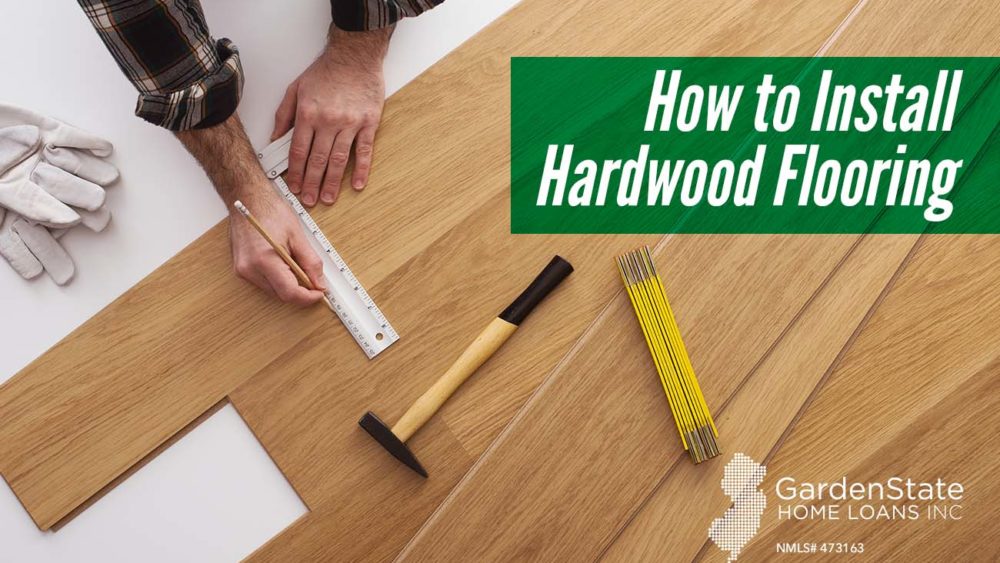Installing a Hardwood Floor
A hardwood floor is a classic floor style that looks great in any home. To install hardwood in your home, this is what you need to do.
Step 1: Prep time
Before doing anything, you need to prep the area. Measure the width and length of the room and multiply to get square footage. Figure out what kind of hardwood you’d like and order the flooring. Allow for a 10-15 percent extra for irregular boards or any cutting mistakes. Then, remove the existing floor.
Step 2: Check the sub-floor
If you have a plywood subfloor, it should be at least ¾” thick. Make sure there are no squeaks in the floor. If there is, screw into the subfloor and joist where the squeak is. Concrete subfloor needs to have a PH alkalinity test performed on it and should also have a calcium chloride test done. Remove shoe-molding from the room and sweep up any debris.
Step 3: Roll out vapor barrier paper
Roll out strips of vapor barrier paper, allowing the strips to overlap at least 4” and staple it securely to the subfloor. Mark with a pencil along the baseboard where joists are located. The vapor barrier paper should be 15-pound tar paper or felt.
Step 4: Begin Installation
Start your installation at the longest unobstructed wall. Remove any show molding and draw a chalk line 3/8” out from the baseboard to start from. This allows the wood to expand in hot, humid weather and contract in colder, drier weather.
Step 5: Place the boards
Select a long, straight board to begin the first row. Align the edge with the chalk line and drill pilot holes through the hardwood plank and into the sub-floor and joist. Face-nail each board at the joist and set the nail with a nail-set. Keep boards at random lengths. It’s important to face-nail the first row because the pneumatic nail can’t get down there.
Step 6: Hand-nail the rows
Drill pilot holes into the tongue of each board after the first few rows have been installed and hand-nail the rolls until there is enough room for the pneumatic nail gun.
Step 7: Staple the boards
Place the gun lip of the pneumatic nail gun over the edge of the board and strike with a mallet to drive the staple into the tongue of the plank. It is not critical to make your cuts exact when installing the threshold. You can use a circular saw later to cut more precisely.
Step 8: Cutting the baseboard
When cutting along the baseboard, select a piece that will fit in there and leave ten or twelve inches to cut off. Use that piece for the beginning of the next row.
Step 9: Fill in the gaps
Pay attention to the way the ends of the wood pieces fit together. One piece should have a tongue and the other should have a groove. Make sure to always cut the wall end of the wood so you don’t get rid of a groove that meets with the tongue. If you do, this could result in a big gap.
Step 10: Clearance issues
As you get closer to the opposite wall, space for the pneumatic nail gun starts to become an issue again. Drill pilot holes and hand-nail the boards until there is no longer room for the nail gun. Drill pilot holes and face-nail the boards. Don’t forget to set the nails with a nail set.
Step 11: Fit the last board into place
If there is only a narrow gap for the last board, take a measurement of the space and cut a board to fit. Don’t forget to leave a 3/8” gap for expansion and contraction space.
Step 12: Fill holes with wood putty
Putty all nail holes that have been face-nailed. Be sure to use a wood putty that matches the floor. Fill in the hole and wipe off any excess. Replace any shoe molding in the room.


Comments are closed.